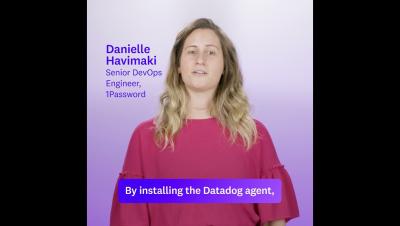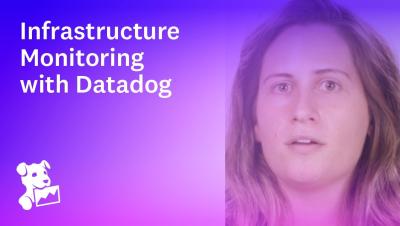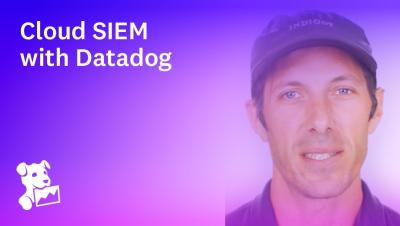Security | Threat Detection | Cyberattacks | DevSecOps | Compliance
October 2023
This Month in Datadog: Heatmaps Updates, API Catalog, Content Packs for Cloud SIEM, and more
Container Security Fundamentals - Linux Capabilities (Part 2)
Indigov's security team uses Datadog Cloud SIEM & Log Management to reduce mean time to respond
Security-focused chaos engineering experiments for the cloud
Modern cloud applications are made up of thousands of distributed services and resources that support an equally large volume of concurrent requests. This level of scale makes it more challenging for engineers to identify system failures before they lead to costly outages. System failures are often difficult to predict in cloud environments, and security threats add another layer of complexity.
Best practices for creating custom detection rules with Datadog Cloud SIEM
In Part 1 of this series, we talked about some challenges with building sufficient coverage for detecting security threats. We also discussed how telemetry sources like logs are invaluable for detecting potential threats to your environment because they provide crucial details about who is accessing service resources, why they are accessing them, and whether any changes have been made.
Build sufficient security coverage for your cloud environment
In the ever-changing world of cybersecurity, Security Operations Centers (SOCs) are responsible for building comprehensive threat detection strategies for their environments. A key indicator of success for any SOC team is their level of security coverage, which correlates with the breadth, depth, and accuracy of their threat detection tools and workflows.











